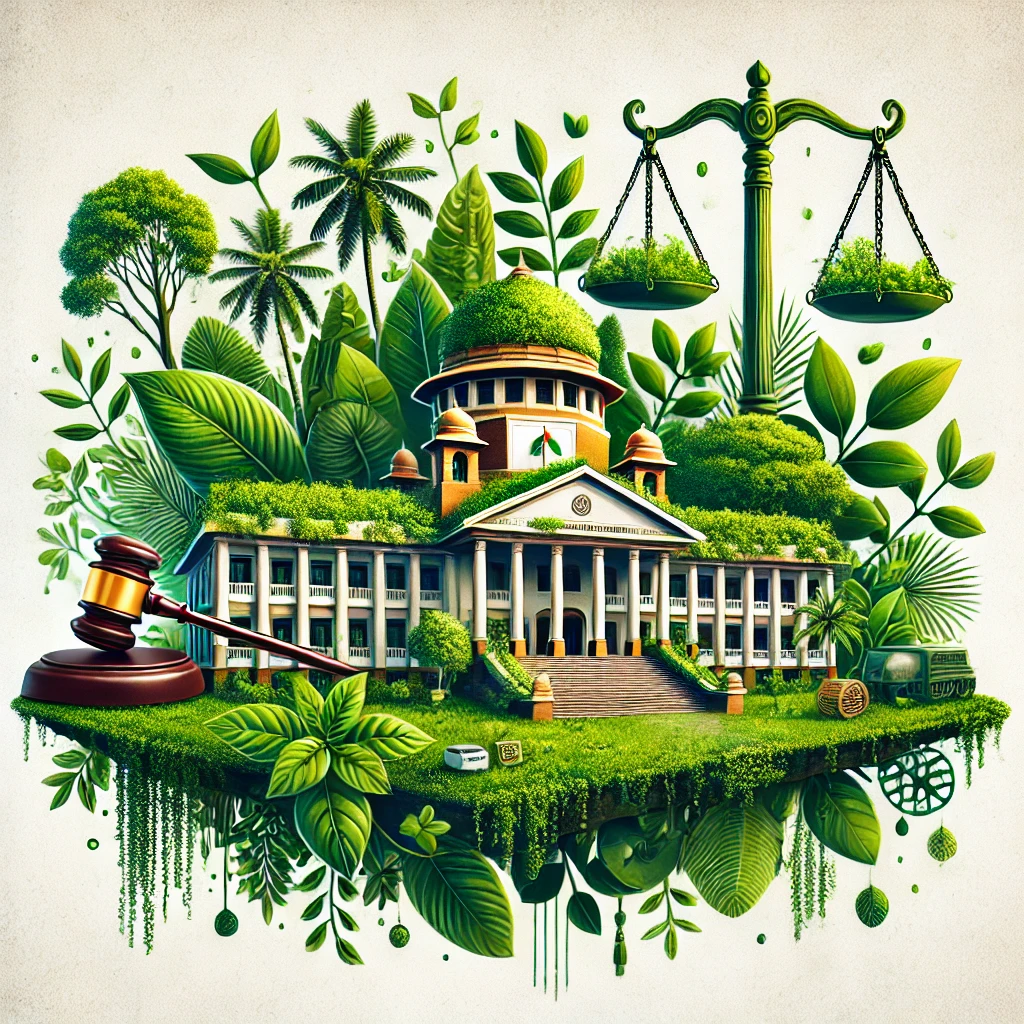Efficacy of Air Legislation in India
Efficacy of Air Legislation in India
1. Introduction
Air pollution is a serious environmental and public health issue in India, causing respiratory diseases, environmental degradation, and climate change impacts.
India has enacted specific laws and policies to control air pollution and ensure air quality.
Evaluating the efficacy of these laws helps understand their impact and gaps.
2. Key Air Pollution Legislations in India
| Legislation | Purpose | Year |
|---|---|---|
| The Air (Prevention and Control of Pollution) Act | To prevent, control, and abate air pollution | 1981 |
| The Environment (Protection) Act | Umbrella act covering environmental protection, including air | 1986 |
| Motor Vehicles Act | Regulates vehicular emissions | 1988 |
| National Green Tribunal Act | Provides for fast-track environmental cases | 2010 |
| National Ambient Air Quality Standards (NAAQS) | Sets permissible limits for pollutants | 2009 |
3. Efficacy Analysis: Strengths
A. Dedicated Pollution Control Boards
Central and State Pollution Control Boards (CPCB & SPCBs) empowered to monitor air quality, enforce laws, and issue directions.
CPCB issues ambient air quality standards and oversees compliance.
B. Legal Enforcement
Ability to issue closure notices and fines to industries violating emission norms.
Courts, especially National Green Tribunal (NGT), have been proactive in hearing air pollution cases.
C. Public Interest Litigation (PIL)
Courts have entertained PILs to tackle air pollution.
Example: Vehicular emissions regulation in Delhi, ban on firecrackers, and construction dust control.
D. Policy Initiatives
Launch of National Air Quality Index (AQI) for real-time monitoring.
Promotion of clean fuels (CNG, LPG), vehicular emission norms (Bharat Stage standards).
Initiatives like Graded Response Action Plan (GRAP) in Delhi NCR.
4. Challenges and Limitations
A. Implementation and Enforcement Gaps
Many industries and vehicles continue to flout pollution norms due to weak monitoring.
Corruption and lack of adequate manpower affect inspections.
B. Fragmented Responsibility
Air pollution sources are varied: vehicular, industrial, construction dust, crop burning.
Coordination among agencies is often poor.
C. Urban-Rural Divide
Most focus remains on urban pollution hotspots.
Rural and small-town pollution issues get less attention.
D. Lack of Public Awareness and Participation
Citizens often unaware of pollution levels and health impacts.
Limited engagement in pollution control measures.
5. Case Laws Reflecting Efficacy
MC Mehta v. Union of India (Vehicle Emissions Case): Led to introduction of unleaded petrol and CNG in Delhi.
Ganga Pollution Case: NGT ordered industries to stop air pollution affecting river quality.
Firecracker Ban in Delhi NCR: Court-imposed ban during Diwali to reduce pollution.
6. Recent Policy Developments
National Clean Air Programme (NCAP), 2019: Aims to reduce particulate pollution by 20-30% by 2024.
Promotion of electric vehicles and alternate transport.
Strengthening air quality monitoring infrastructure nationwide.
7. Recommendations to Improve Efficacy
| Area | Recommendation |
|---|---|
| Stronger Enforcement | Increase fines, more frequent inspections |
| Inter-agency Coordination | Better cooperation among pollution control boards, transport, and urban development authorities |
| Public Awareness | Education campaigns on pollution and health |
| Technology Use | Wider adoption of real-time monitoring and GIS mapping |
| Policy Expansion | Address rural and agricultural sources of air pollution |
| Judicial Vigilance | Continued active judicial oversight |
8. Conclusion
Air pollution legislation in India has established a legal framework to combat pollution.
However, enforcement challenges, coordination issues, and lack of awareness limit its full potential.
The combined effort of government agencies, judiciary, industry, and citizens is critical for improving air quality and public health.




























0 comments